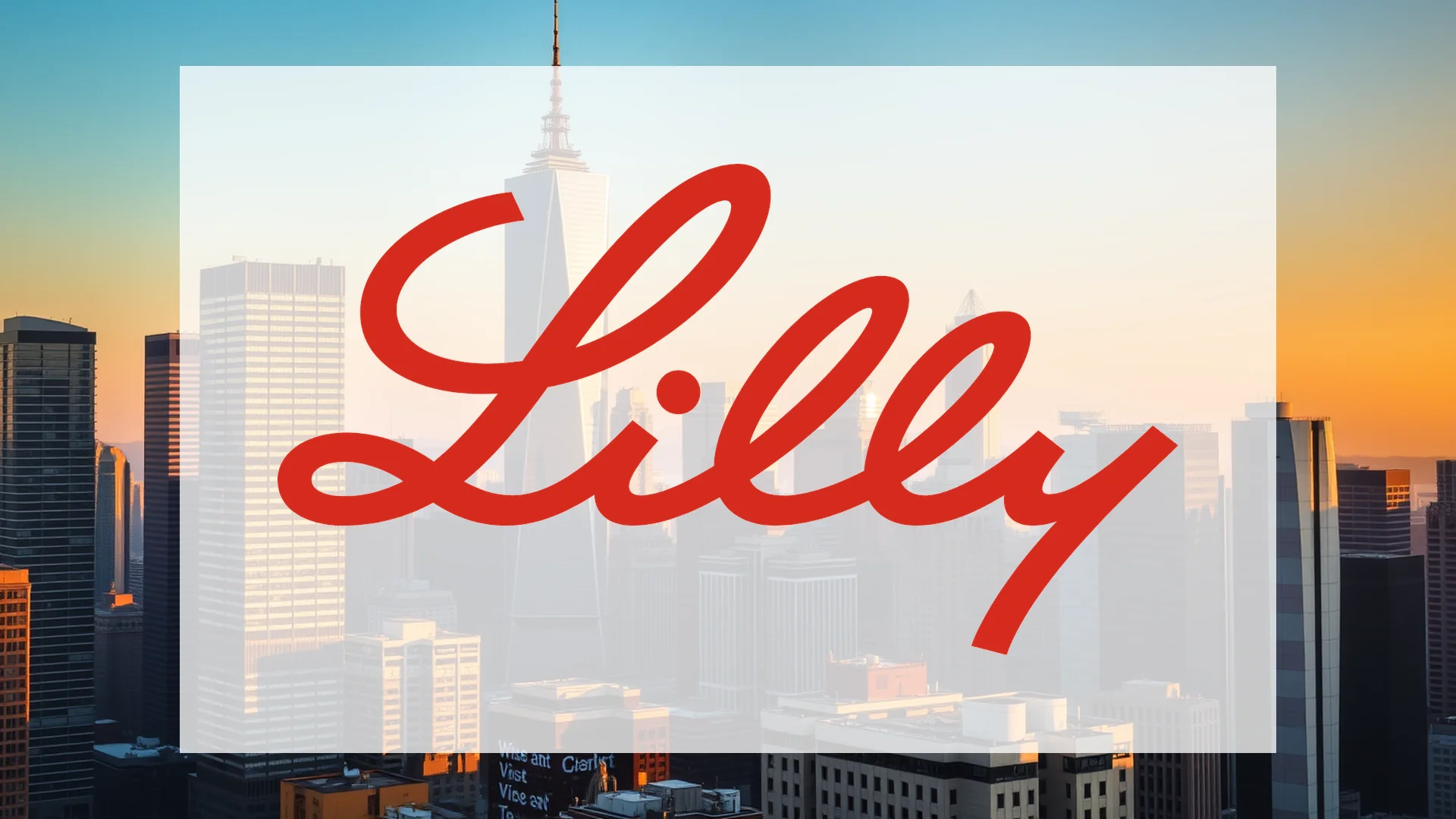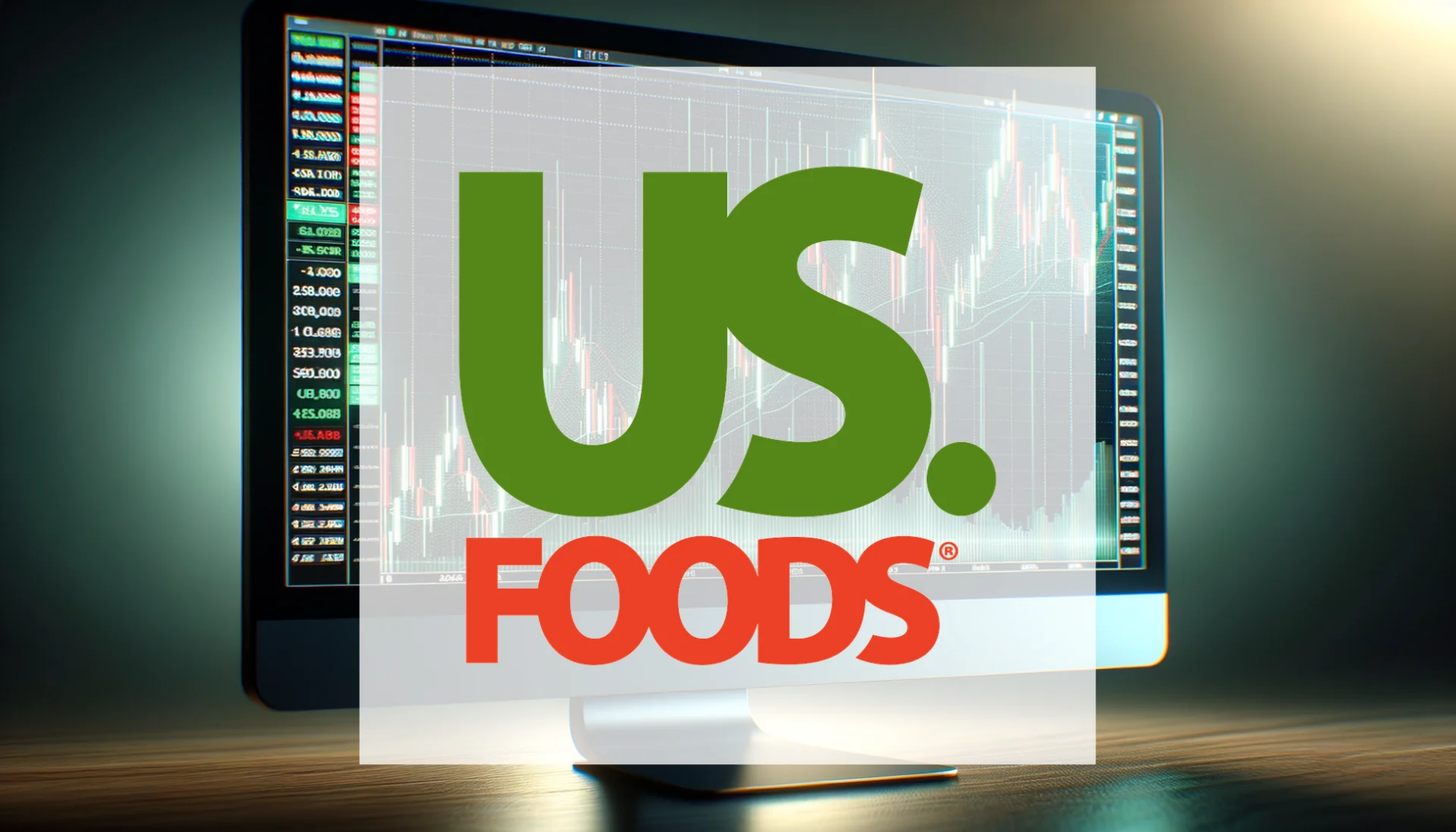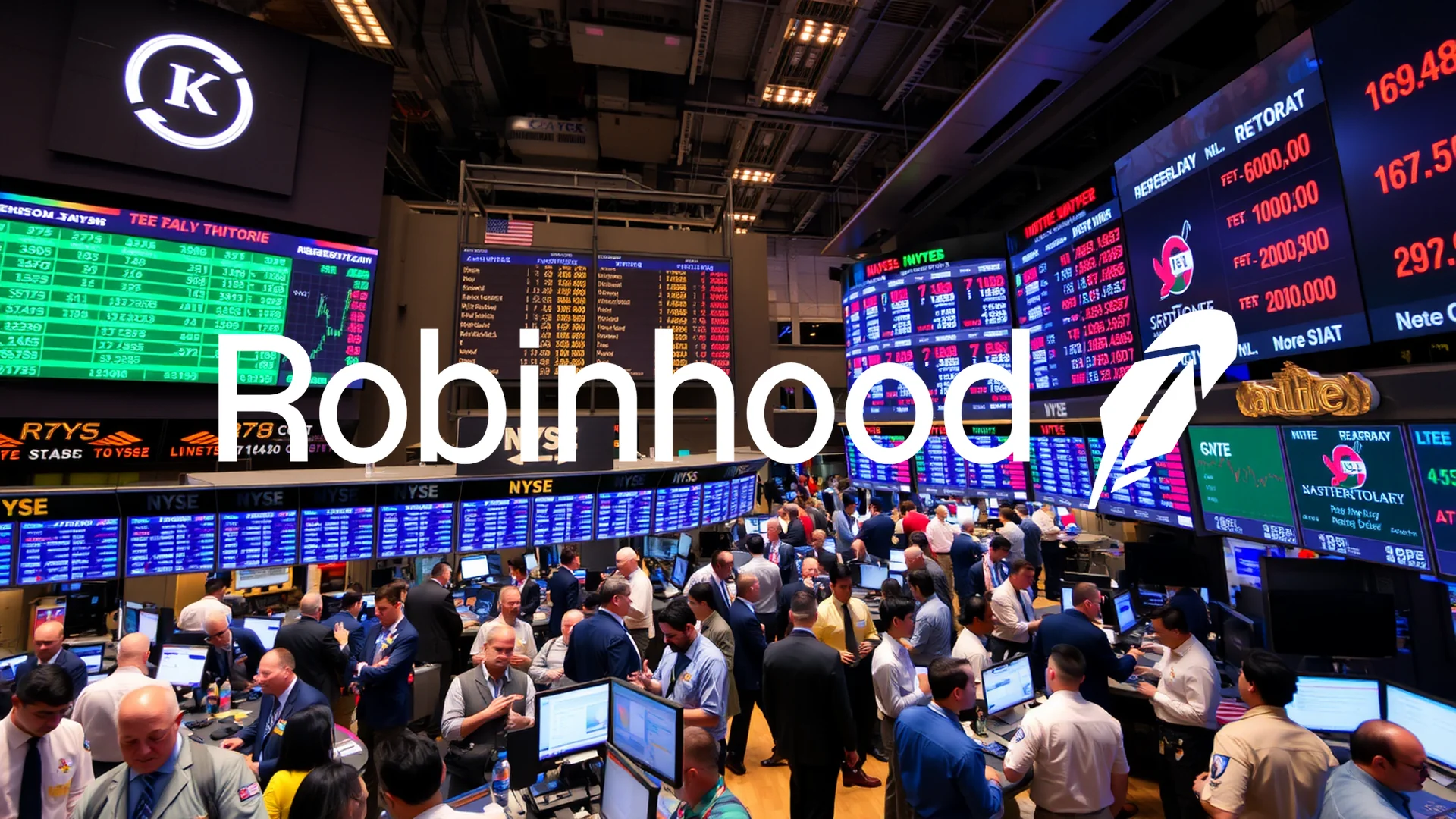Eli Lilly has achieved a monumental financial milestone, becoming the first pharmaceutical company ever to surpass a $1 trillion market capitalization. This elevates the Indianapolis-based firm into an elite category previously dominated solely by technology behemoths such as Apple, Microsoft, and Alphabet. With its share price reaching approximately $1,048, the company’s ascent underscores that the weight-loss drug revolution represents a fundamental market shift, not a temporary trend.
Soaring Revenue Fueled by Breakthrough Treatments
The company’s financial performance for the third quarter of 2025 was nothing short of explosive. Revenue hit $17.6 billion, marking a staggering 54 percent increase compared to the same period last year. This result substantially exceeded market expert projections, which had anticipated revenue of around $16 billion.
This remarkable growth is directly attributable to two powerhouse medications:
- Mounjaro generated $6.52 billion in revenue, a surge of 109 percent year-over-year.
- Zepbound contributed $3.59 billion, an even more impressive jump of 184 percent.
Together, these two treatments brought in over $10 billion in a single quarter. The scientific innovation behind this success lies in a superior mechanism of action. Unlike competing products that only target GLP-1 receptors, Eli Lilly’s drug Tirzepatid employs a dual-action approach. By simultaneously activating both GLP-1 and GIP hormones, it more effectively suppresses appetite and boosts metabolic function. As a result, the corporation now controls nearly 60 percent of all prescriptions for injectable obesity and diabetes treatments, marking the fifth consecutive quarter of expanding market share.
Raised Forecasts and Global Expansion
Reflecting this powerful momentum, management has issued a highly confident outlook. The full-year revenue forecast for 2025 has been raised to a range of $63.0 to $63.5 billion, up from the prior guidance of $60 to $62 billion. Similarly, the projected adjusted earnings per share have been increased to $23.00-$23.70, compared to the earlier estimate of $21.75-$23.00.
Should investors sell immediately? Or is it worth buying Eli Lilly?
A key growth engine has been international expansion. Following successful launches of Mounjaro in key markets including China, Brazil, Mexico, and India, international revenue skyrocketed to $2.97 billion in Q3. This figure dwarfs the $728 million recorded in the prior-year quarter, highlighting the global scale of the obesity and diabetes epidemic and the vast growth opportunities it presents across continents.
To meet this overwhelming demand, Eli Lilly is making massive investments in its manufacturing network. A $3 billion production facility is planned for the Netherlands, new sites are under development in Virginia and Texas, and existing plants in Puerto Rico are being expanded. Furthermore, a strategic partnership with Walmart for direct-to-consumer distribution represents a clever maneuver to circumvent the supply constraints that have previously hampered growth.
Pipeline Innovation and a Competitive Landscape
The company’s future prospects are bolstered by a promising candidate in its development pipeline: Orforglipron, an oral version of Tirzepatid. Recent Phase 3 clinical trial results across four studies have shown positive outcomes for both obesity and diabetes treatment. A pill-based alternative to an injection could significantly increase patient adoption while simultaneously reducing manufacturing complexities.
The market for weight-loss medications is projected to balloon to over $150 billion by the early 2030s, ensuring fierce competition. Eli Lilly does not have the field to itself; Novo Nordisk remains a formidable rival with its Ozempic and Wegovy products, and Pfizer recently strengthened its position with a $10 billion acquisition of the obesity specialist Metsera. The battle for market dominance is set to intensify.
Despite the growing competition, Eli Lilly currently holds a leading position. Its dual-action therapy, superior clinical data, and aggressively expanding production capacity provide a strong competitive edge. The trillion-dollar valuation is more than a numerical milestone—it signifies the dawn of a new era where pharmaceutical innovators operate on the same financial footing as the world’s largest tech giants.
Ad
Eli Lilly Stock: Buy or Sell?! New Eli Lilly Analysis from November 22 delivers the answer:
The latest Eli Lilly figures speak for themselves: Urgent action needed for Eli Lilly investors. Is it worth buying or should you sell? Find out what to do now in the current free analysis from November 22.
Eli Lilly: Buy or sell? Read more here...










